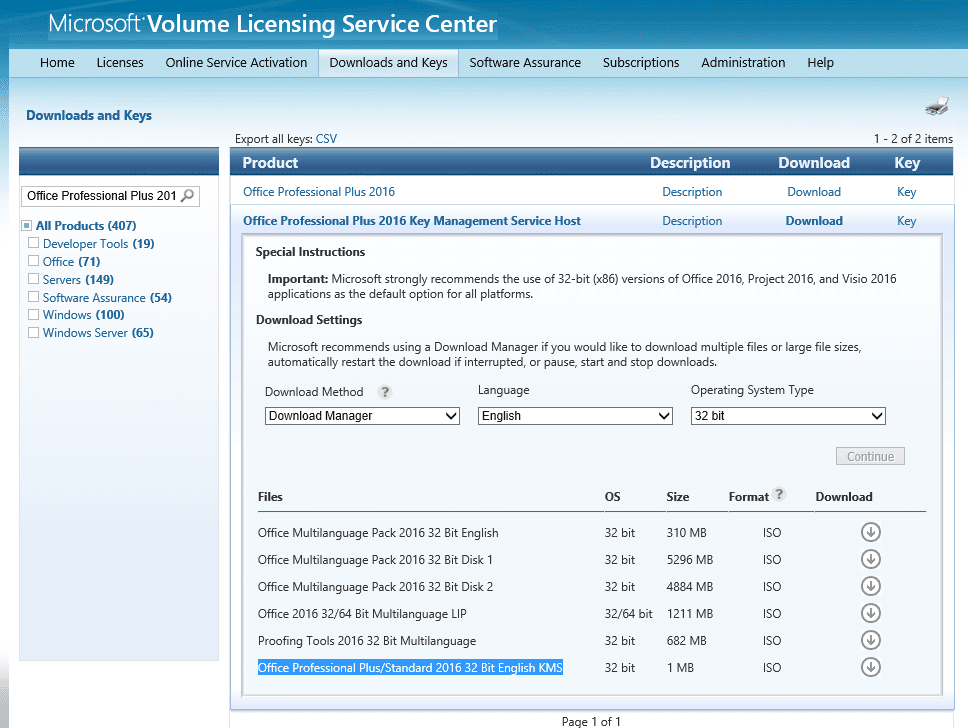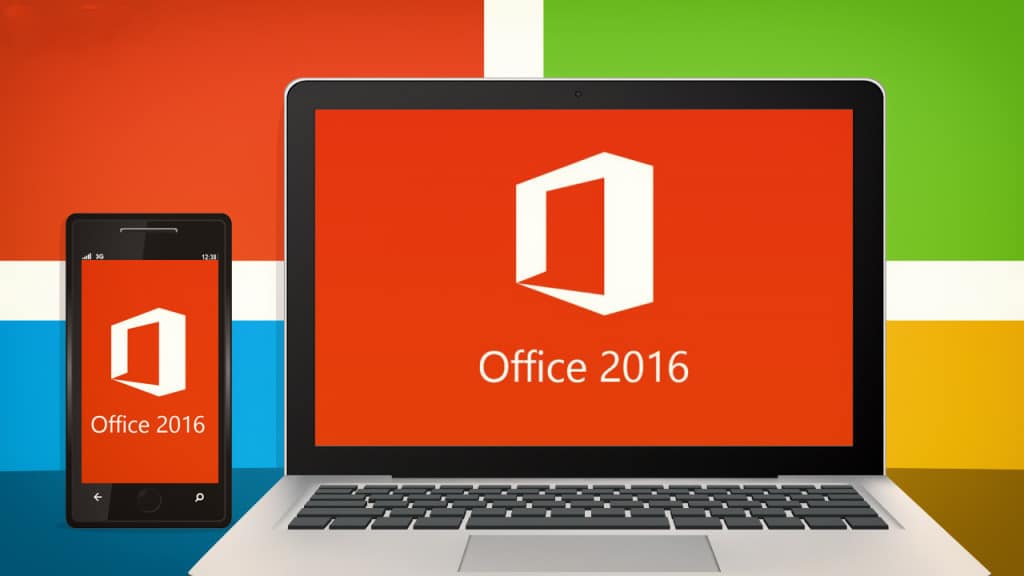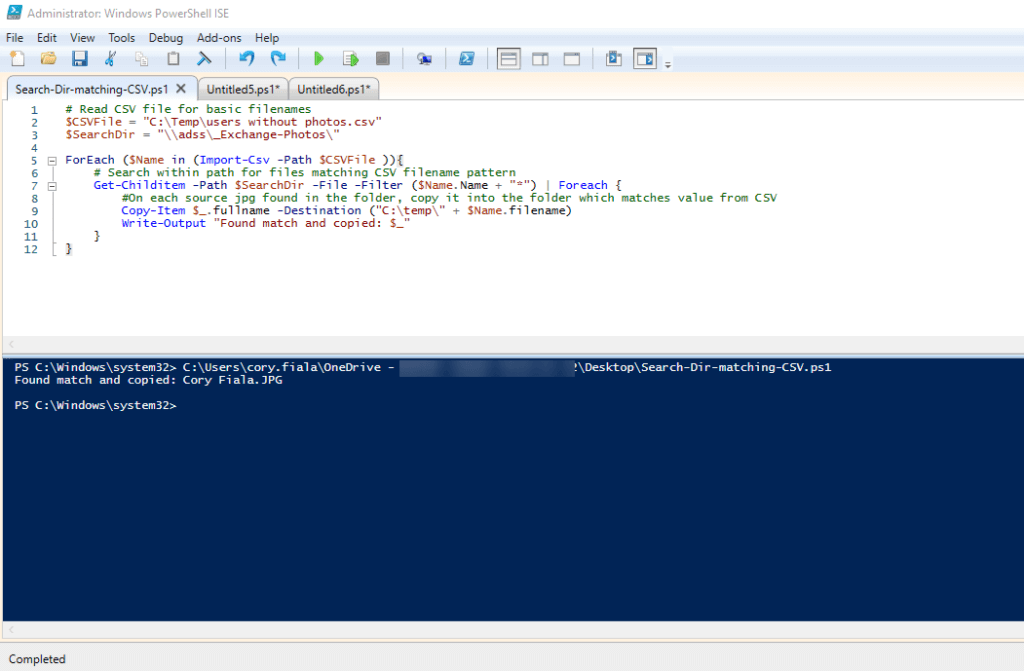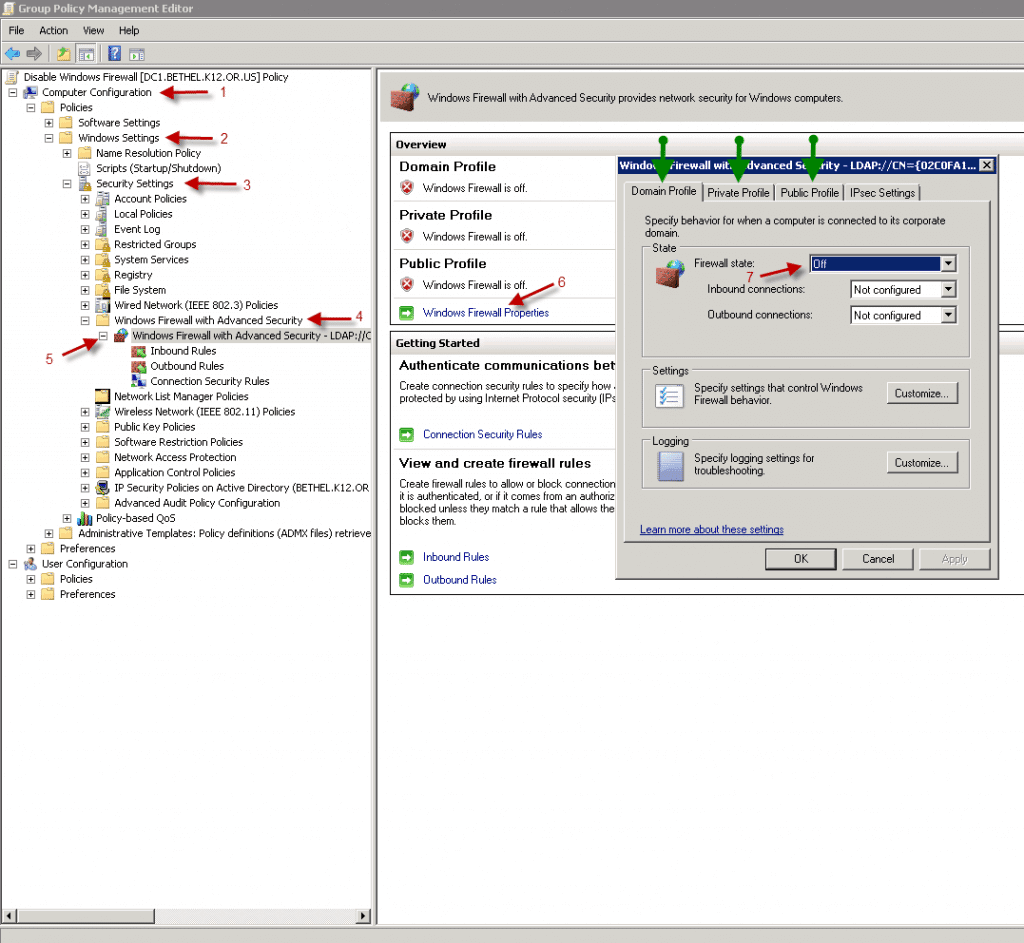If you are missing the KMS keys from the MVLSC for office 2016 then you need to contact Microsoft at KMSADD@microsoft.com to get your MAK key converted to KMS.
If you want to call them, use this number: (866) 230-0560
Here is the format of my email to them:
———— Start email Template ————
Hi,
I need KMS keys generated for Office 2016 please.
Here is my Office 2016 with SA License agreement:
License ID: XXX
Parent Program: XXX
———— End email Template ————
When you add your Office 2016 KMS keys it will cover everything office including Visio and Project.
When you get your KMS keys, then you are ready to download the update from the Microsoft Volume Licensing Service Center (VLSC) that will allow you to activate the KMS on your Server.
Look for “Office Professional Plus 2016 Key Management Service Host” in the Downloads and Keys section.
Your going to want the “Office Professional Plus/Standard 2016 32 Bit English KMS” ISO Download.
I didn’t download the rest because I didn’t need the Multilanguage version, I went and got the standard Office Professional Plus 2016 instead.
Now that you have mounted the SW_DVD5_Office_Professional_Plus_2016_W32_English_KMS_MLF_X20-42865.ISO that you just downloaded, you can extract the files and place them on your KMS server.

You know you have the right ISO if it’s only about 1mb in size and has kms_host.vbs in the root of the mounted ISO.
My KMS is on my Server 2012 R2 domain controller and has the latest KMS for Windows 10, so this is all based on that.
For this example I will place the extracted “Office Professional Plus 2016 Key Management Service Host” files on the KMS server here:
C:\KMS2016
- Open an elevated Command Prompt window, verify that the current directory is C:\KMS2016 if that is where you put your files.
CD C:\KMS2016 - Run this command: cscript kms_host.vbs
- After the updates are installed the Volume activation tools will open and you will need to enter your Office 2016 KMS key and activate it using this tool. It will not screw up your Windows 10 or Server 2012 R2 KMS Keys, and even leaves your Office 2013 keys in place if you have them.
- Now restart the KMS server Service: net stop sppsvc && net start sppsvc
- Now check your KMS status and dump it to a text file (mine didn’t fit on the screen)
- Open up an Elevated Command Prompt window
- In the elevated Command Prompt window, verify that the current directory is C:\Windows\System32.
- CD \Windows\System32 cscript slmgr.vbs /dlv all > c:\KMS2016\license-kms.txt
- When your done you should see something like this inside c:\KMS2016\license-kms.txt:
Name: Office 16, Office16KMSHostVL_KMS_Host edition
Description: Office 16, VOLUME_KMS channelActivation ID: xxx
Application ID: xx
Extended PID: xxx
Product Key Channel: Volume:CSVLK
Installation ID: xxx
Use License URL: https://activation.sls.microsoft.com/SLActivateProduct/SLActivateProduct.asmx?configextension=o14
Validation URL: http://go.microsoft.com/fwlink/?LinkID=187557
Partial Product Key: XXXX
License Status: Licensed
Remaining App rearm count: -1
Remaining SKU rearm count: -1
Trusted time: 10/1/2015 1:53:31 PM
Key Management Service is enabled on this machine
Current count: 10
Listening on Port: 1688
DNS publishing enabled
KMS priority: Normal
Key Management Service cumulative requests received from clients
Total requests received: 7245
Failed requests received: 3
Requests with License Status Unlicensed: 0
Requests with License Status Licensed: 7060
Requests with License Status Initial grace period: 51
Requests with License Status License expired or Hardware out of tolerance: 28
Requests with License Status Non-genuine grace period: 0
Requests with License Status Notification: 103
If your Office 2016 has still not activated on the client, you can force it with this: cd C:\Program Files (x86)\Microsoft Office\Office16
cscript ospp.vbs /act
If this fails on the client, then rearm the activation first. (I see this sometime when cloning a PC)ospprearm.exe
If you think your DNS is missing the KMS information, use this to turn on the KMS DNS settings:slmgr.vbs /sdns
via: Ed Hammond Blog



